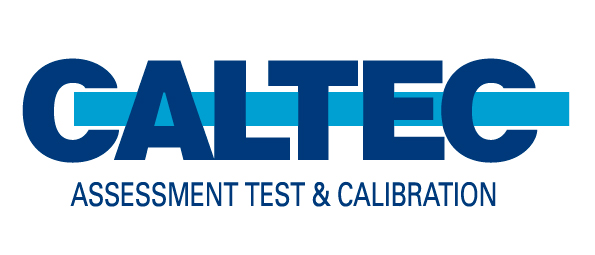Walk into any car showroom and it seems that the branding is clear. A BMW is a BMW. A Fiat is a Fiat. But beneath the surface, the car industry is much more interconnected than most people realise. The badge on the bonnet does not always tell the whole story, and many well-known marques are owned by the same parent company, often an unexpected one.
This shift towards consolidation has been going on for decades. As the cost of developing new technologies has grown, particularly in areas like emissions control and electric mobility, car manufacturers have had to pool their resources. The result is a web of corporate ownership that crosses borders, market segments and even vehicle types.
German giant Volkswagen Group, for example, is home to a broad range of marques that include not only Volkswagen itself, but Audi, Porsche, Bentley, Lamborghini and SEAT. Each maintains its own identity and design ethos, but many share underlying platforms, engines and even electronics. The sporty feel of a Cupra or the refinement of a Bentley might therefore have more in common than most would think.
BMW Group is another good example of quiet consolidation. It owns not only the BMW brand itself, but also Mini and Rolls-Royce which are two marques with deep British roots that are now part of a Munich-based operation. Similarly, Tata Motors of India owns Jaguar and Land Rover, both iconic British names now grouped under the JLR banner. Tata’s ownership has allowed both brands to continue developing in new directions, particularly in electrification.
Then there is Stellantis, the name of a relatively new merger between Fiat Chrysler and France’s PSA Group. It now includes more than a dozen marques, including Peugeot, Citroën, Vauxhall, Fiat, Jeep, Alfa Romeo, Maserati and Dodge. This allows Stellantis to cater for everything from mass-market hatchbacks to premium saloons and off-road vehicles, all while sharing technology throughout the brand network.
In Asia, Toyota not only produces vehicles under its own name but also owns Lexus, its luxury arm. The Hyundai Motor Group includes both Hyundai and Kia, while Honda operates the more performance-focused Acura brand. Chinese ownership is also making its mark. Zhejiang Geely Holding Group owns Volvo, Polestar and Lotus, bringing new investment and innovation to brands that might otherwise have struggled to survive independently.
Some partnerships are less visible but just as significant. The Renault-Nissan-Mitsubishi Alliance, for instance, is not a single company but a strategic collaboration that allows shared platforms and research. Meanwhile, Ford and Volkswagen have agreed to cooperate on electric vehicles and commercial vans, blurring the lines further between competition and collaboration.
For everyday drivers, these corporate structures may go unnoticed. But they shape everything from design and performance to aftersales service and parts availability. They also help explain why a car made in Germany might share its components with one made in Slovakia or Mexico. And as the industry continues towards electrification and autonomy, these partnerships and ownerships will become more important.
For every new model, it’s worth remembering that its origins may not be what they seem. The stylish saloon might be German in name but inspired by Italian design. The rugged 4×4 might have a British badge but be built on an Indian-owned platform. In today’s car industry, the identity of a vehicle is often found not in its name, but in its corporate family tree.
